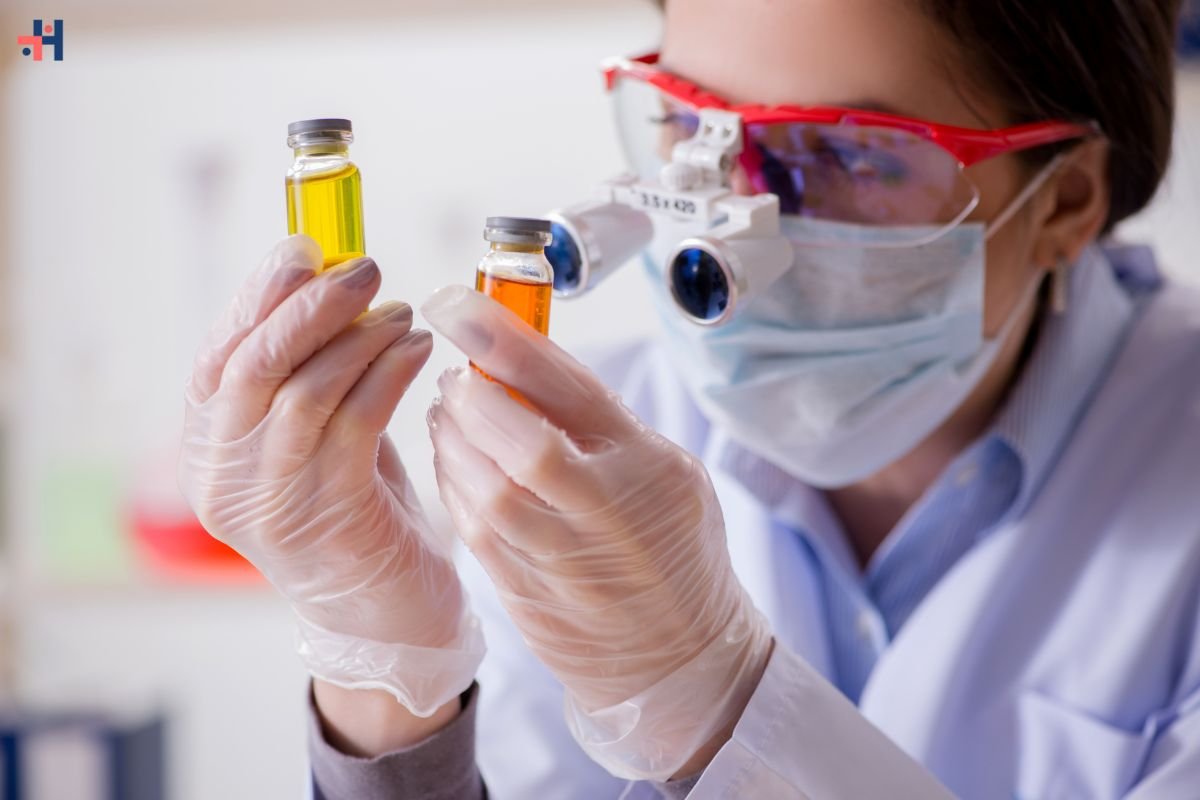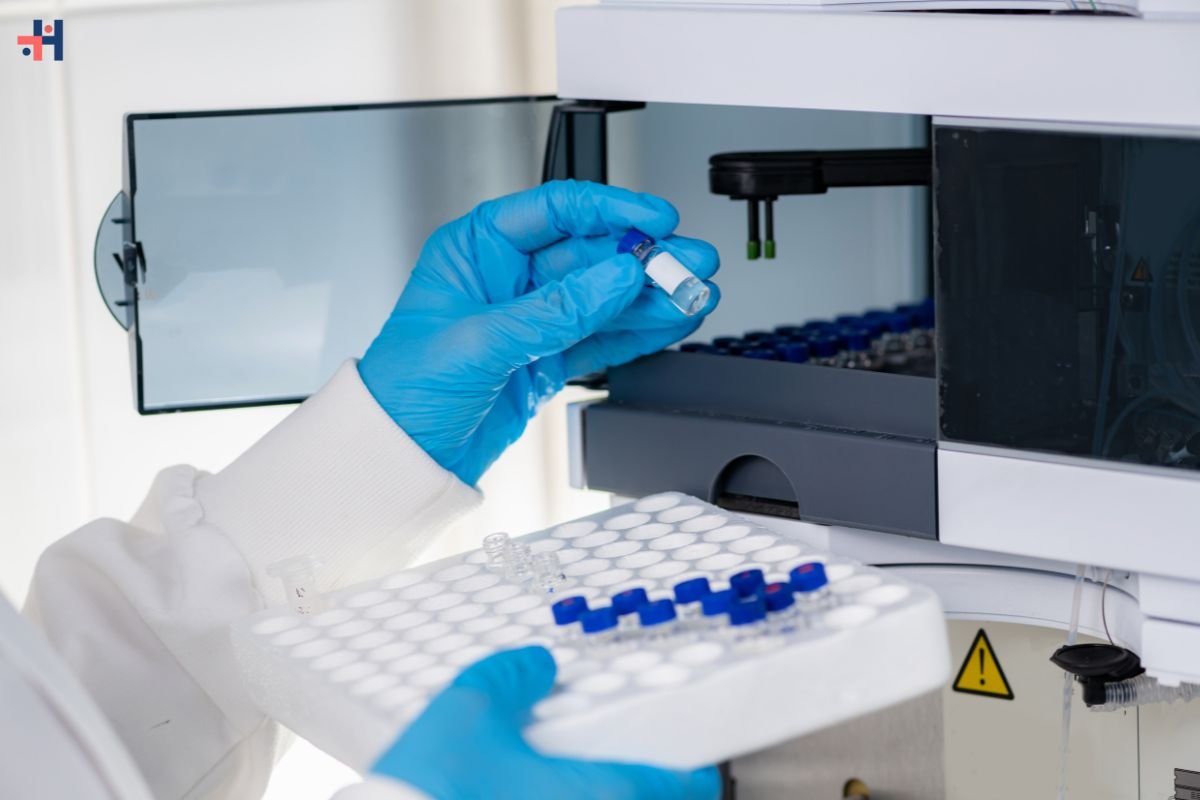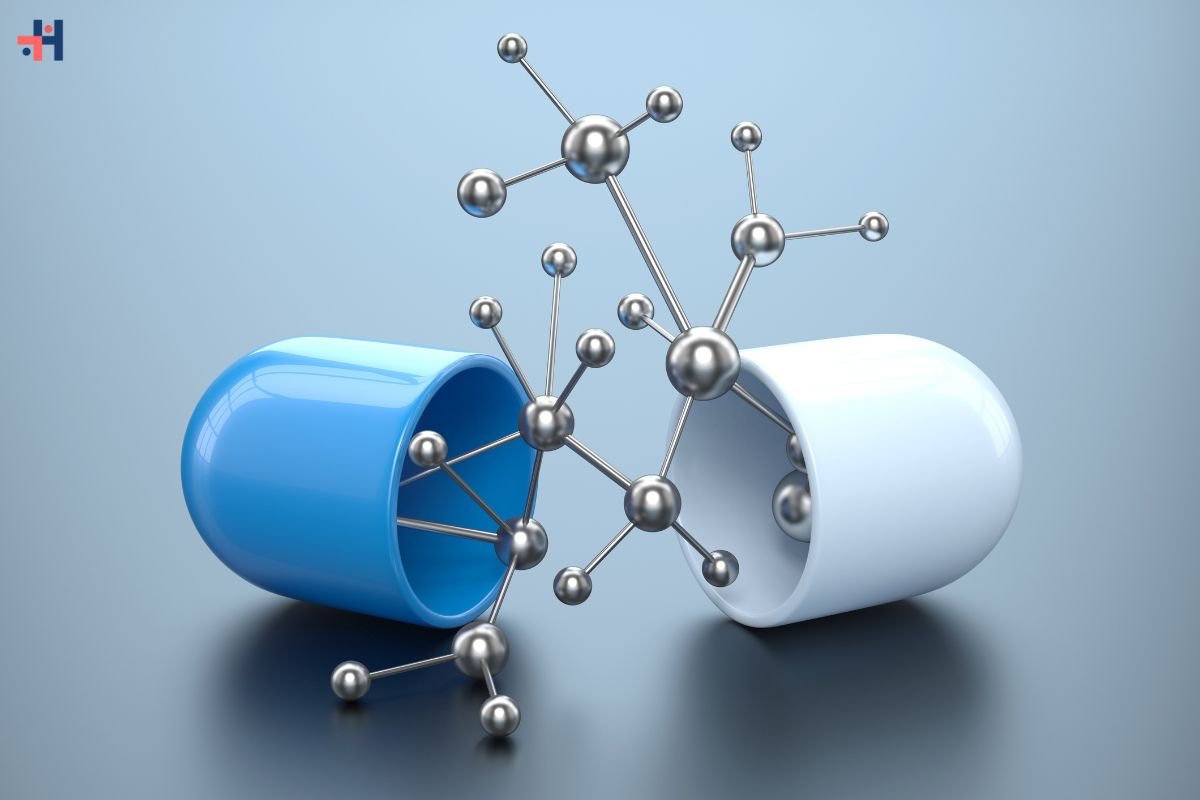Have you ever wondered how that medicine you take for allergies or headaches came to be? It wasn’t magic, but a long and fascinating journey called drug discovery. It’s like being a detective, but instead of chasing criminals, you’re chasing down the secrets of diseases and how to stop them.
Drug discovery scientists are like explorers in a hidden world, using the latest tools and tricks of science to navigate the tiny universe of cells and molecules. They have a whole toolbox of different drug discovery strategies, like looking for clues in existing diseases or building brand-new molecules from scratch.
In this article, we’re going to pull back the curtain and show you what goes on in the thrilling world of drug discovery strategies. We’ll crack open the latest breakthroughs, the challenges scientists face, and where this amazing field is headed in the future. So, grab your metaphorical magnifying glass and get ready to be amazed.
Understanding Drug Discovery Strategies:
Drug discovery is a multifaceted process encompassing a series of stages, from target identification and validation to preclinical and clinical trials. At its core lies the imperative to unearth molecules capable of modulating biological pathways implicated in diseases, thereby offering hope for improved treatments or cures.
Key Components of Drug Discovery Strategies:
- Target Identification and Validation: The journey commences with the identification of a molecular target, typically a protein or nucleic acid associated with a disease phenotype. Advanced techniques such as genomics, proteomics, and bioinformatics play pivotal roles in pinpointing these targets. Validation ensues through rigorous experimentation to ascertain the target’s relevance and druggability.

- Hit Generation: Once validated, the focus shifts towards generating ‘hits,’ compounds with the potential to interact with the target of interest. High-throughput screening (HTS) platforms, virtual screening algorithms, and fragment-based approaches facilitate the identification of lead compounds amidst vast chemical libraries.
- Lead Optimization: The journey from hit to lead entails optimization to enhance potency, selectivity, and pharmacokinetic properties while minimizing toxicity. Medicinal chemistry, computational modeling, and structure-activity relationship (SAR) studies guide iterative cycles of compound design and synthesis.
- Preclinical Development: Promising leads undergo rigorous evaluation in preclinical studies to assess safety, efficacy, and pharmacokinetics in relevant disease models. These studies provide crucial insights into a candidate molecule’s therapeutic potential and inform subsequent clinical trial design.
- Clinical Trials: The pinnacle of drug discovery, clinical trials evaluate candidate drugs in human subjects to establish safety, efficacy, and dosage regimens. Phase I, II, and III trials progressively assess the compound’s profile, culminating in regulatory approval and market authorization.

Emerging Trends in Drug Discovery Strategies:
- Artificial Intelligence (AI) and Machine Learning: AI-driven platforms revolutionize drug discovery by expediting data analysis, predicting compound properties, and unraveling complex biological interactions. Machine learning algorithms empower researchers to sift through vast datasets, accelerating lead identification and optimization processes.
- Targeted Therapies and Precision Medicine: Advancements in genomics and biomarker discovery enable the development of targeted therapies tailored to individual patients’ genetic profiles. Precision medicine approaches aim to maximize therapeutic efficacy while minimizing adverse effects, heralding a paradigm shift towards personalized healthcare.
- Repurposing and Drug Combinations: Drug repurposing, or repositioning, involves identifying new therapeutic uses for existing drugs, leveraging their known safety profiles and pharmacokinetics. Combinatorial approaches explore synergistic interactions between drugs, enhancing efficacy and overcoming resistance mechanisms in complex diseases such as cancer.
- Nanotechnology and Drug Delivery Systems: Nanotechnology offers innovative solutions for drug delivery, enabling precise targeting, sustained release, and enhanced bioavailability of therapeutic agents. Nanoformulations mitigate off-target effects and improve drug stability, opening new avenues for personalized medicine and intracellular drug delivery.

- Organ-on-Chip Technology: Organ-on-chip platforms replicate the physiological microenvironment of human organs, facilitating drug testing in a high-throughput, cost-effective manner. These microfluidic devices enable real-time monitoring of cellular responses to drug candidates, accelerating preclinical evaluation and reducing reliance on animal models.
Challenges and Opportunities:
Despite remarkable strides, drug discovery strategies remains a daunting endeavor fraught with challenges. High attrition rates, escalating development costs, and regulatory hurdles underscore the need for innovation and collaboration across academia, industry, and government sectors. However, amidst these challenges lie boundless opportunities to harness cutting-edge technologies, interdisciplinary approaches, and novel therapeutic modalities.
Future Directions:
As we gaze into the horizon of drug discovery, a landscape shaped by convergence of disciplines, disruptive technologies, and collaborative networks emerges. From harnessing the power of CRISPR gene editing to exploring the vast potential of natural products and microbiome-based therapeutics, the future holds promise for transformative breakthroughs that will redefine healthcare paradigms.
Conclusion:
In the dynamic terrain of drug discovery strategies evolve in tandem with scientific advancements, societal needs, and healthcare challenges. By embracing innovation, collaboration, and a relentless pursuit of knowledge, researchers embark on a journey of discovery, paving the way for groundbreaking therapeutics that promise to alleviate suffering and improve lives. As we navigate this uncharted territory, let us remain steadfast in our commitment to unlocking the mysteries of biology and harnessing the power of innovation to shape a healthier, brighter future for all.









